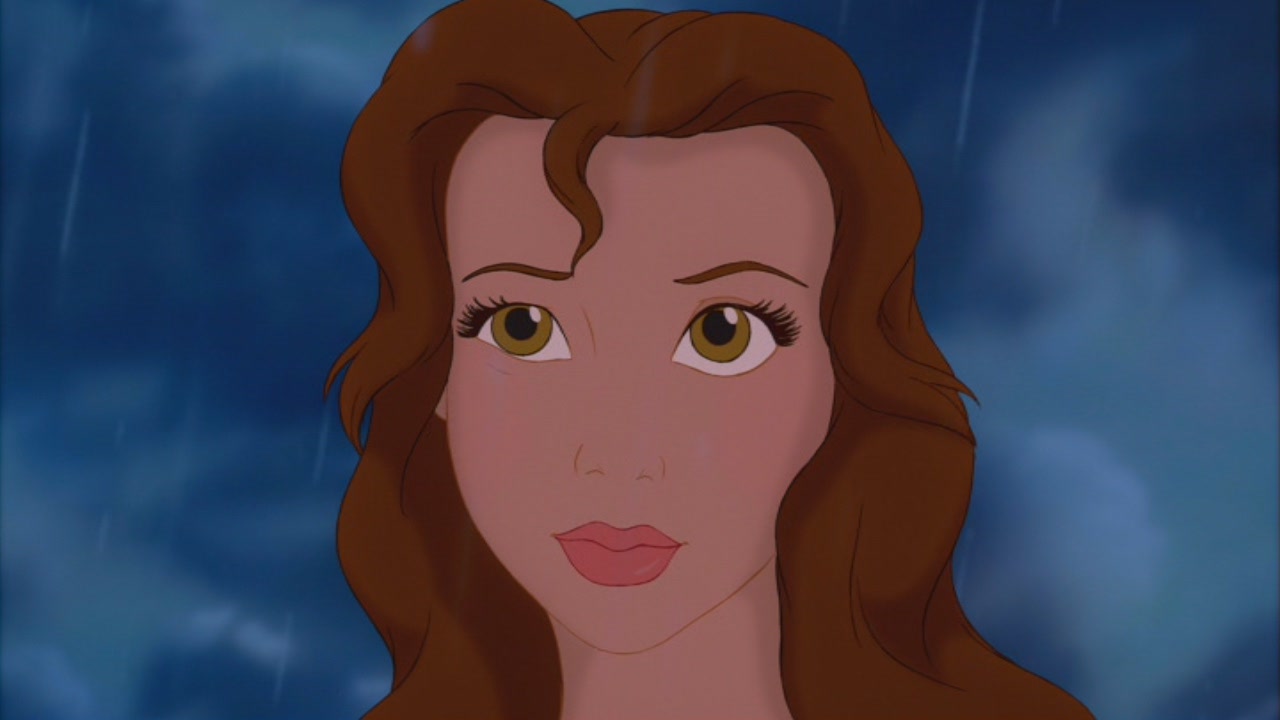Ness, P. (2013). The Crane Wife. Edinburgh: Canongate Books.
I read this book quickly over the last weekend, as I had not gotten round to it yet, and the stage is already quite late to still be deciding on a storyline. It's a fairly small novel, and quite easy to read though not necessarily a child or teen book. I went though the whole story and underlined any of the text that gave visual descriptions of the characters, or actions that I felt strongly moved the plot or helped to illustrate the tale, and marked the pages to find them again.
This paragraph is the first in which we learn anything about the Crane. We do not see her immediately, but we learn about her through the man's perspective. He hears her cry before he sees her, which calls out sharply through the night. I love the word 'keening' Ness uses to describe the noise. The way the man is portrayed, we can see his immediate desire to assist the hurt bird. We get a sense of his motivation and good intentions.
Describing the Crane's injured wing and how it lies awkwardly.
I love this imagery of the bird's neck slumping against the man's back, it's breast heaving up and down in shock and pain. It seems like a vulnerable moment when the crane puts her entire trust in the man.
I highlighted the descriptive word 'willowy' which can describe both the crane and her human form. Dictionary defines as: '(of a person) tall, slim, and lithe.' In the night time setting of this chapter, the white coat of the crane gleams in the moon's illumination. I could possibly use after effects to give the white plumage a glow.
Yet again, the man shows his motivation and his dedication to selflessly helping the crane.
Further physical description of the crane. Her eye is golden. Think: Belle in Beauty and the Beast
The woodcutter's eye is described as blue, which was what I originally planned to do when designing the character around my friend.
One of the only parts of the book that describes the metamorphosis of the crane in any detail. The feathers appear in a flash, and just as quickly disappear again, as if they could have been a trick of the eye. It confuses the man, and he does not know if he imagines it or not. I am not sure whether I want to show the metamorphosis in action, such as in The Swan Princess, or just a glimmer or glint every so often of feather; or even no transformation at all and just have her in the two separate states.



























